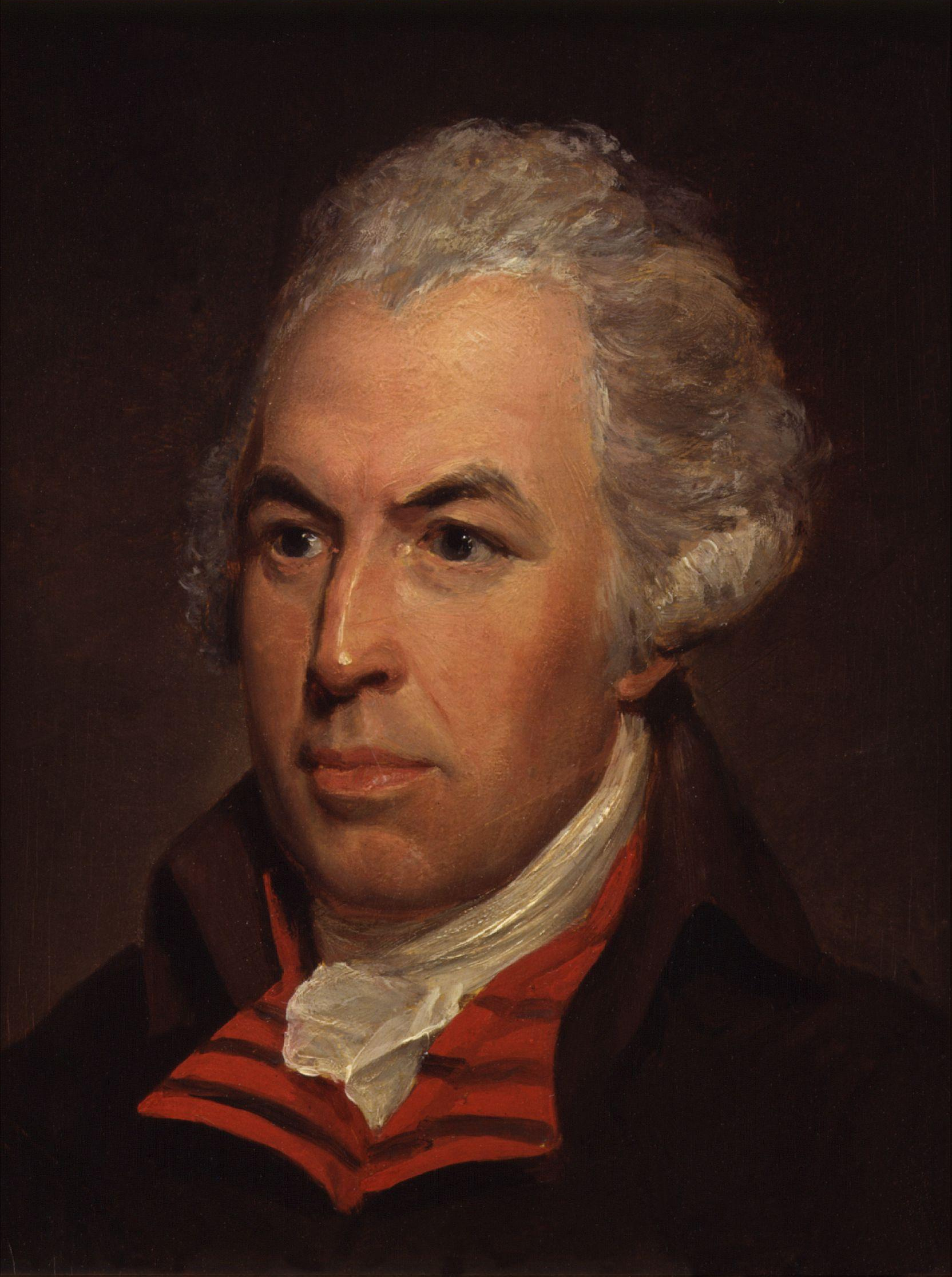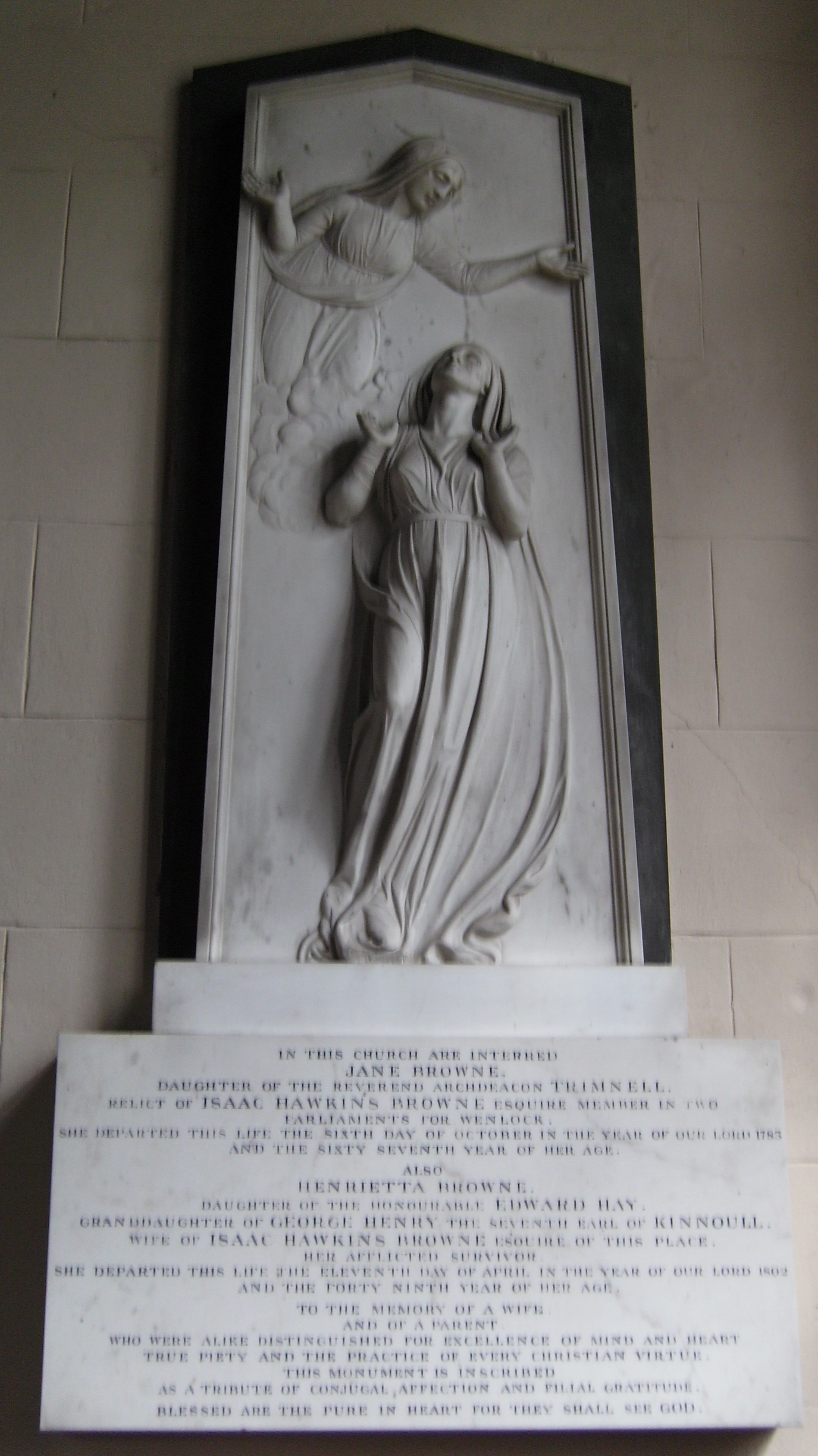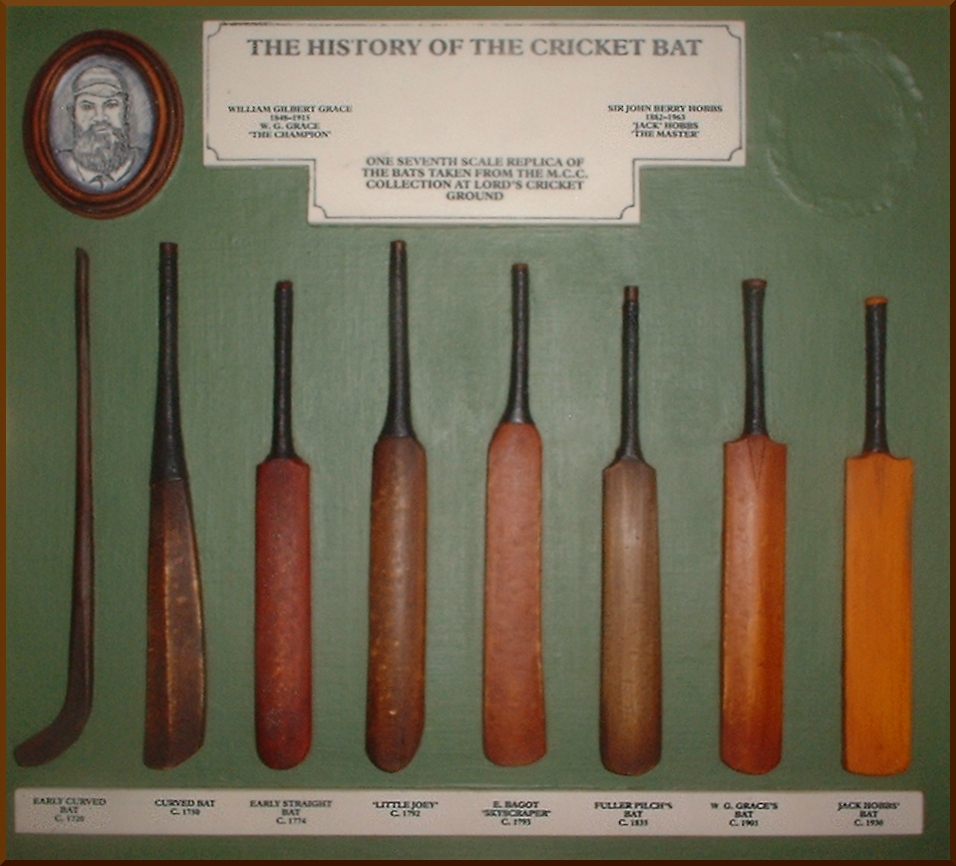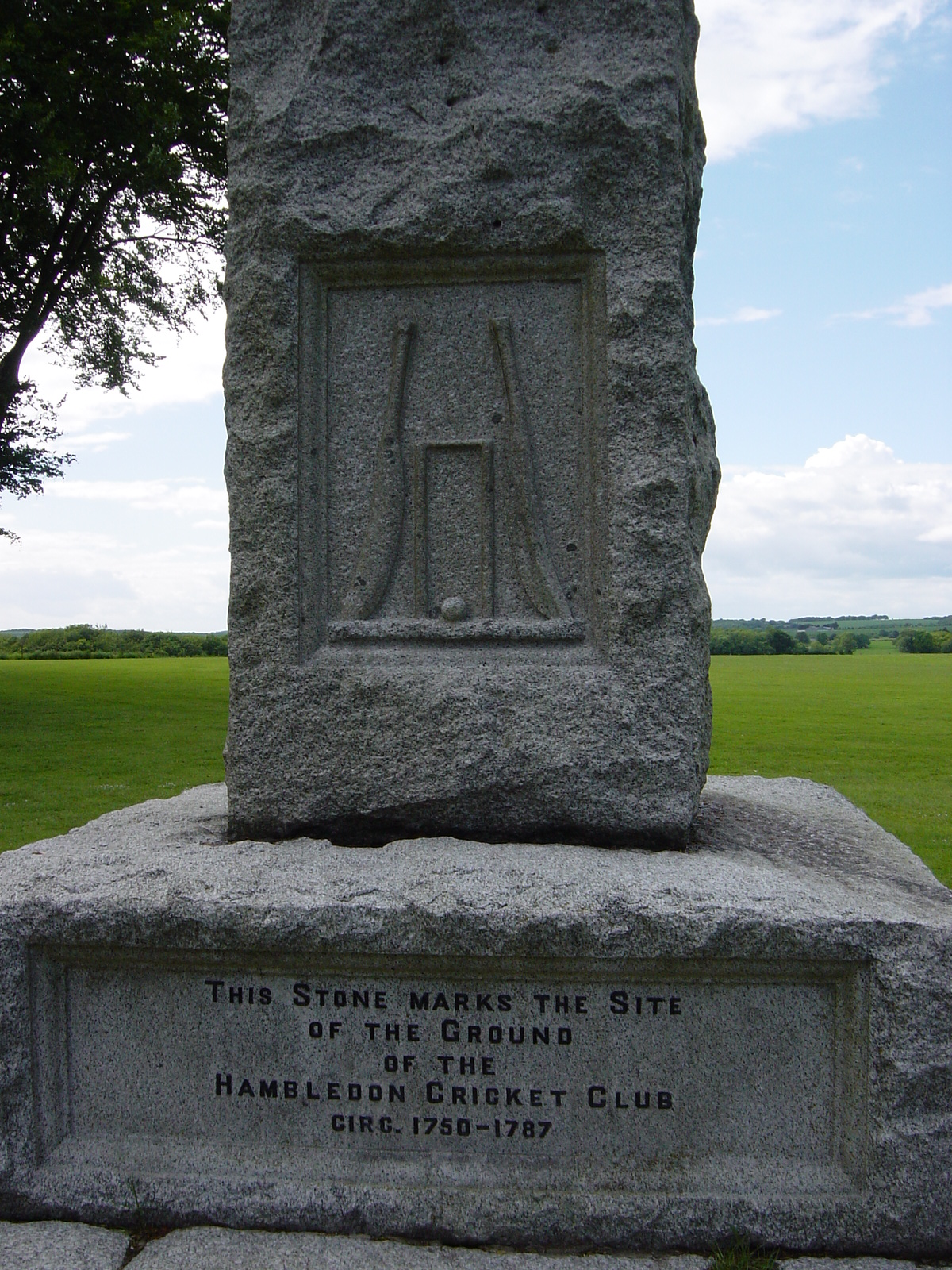|
Eartham
Eartham is a village and civil parish in the Chichester (district), District of Chichester in West Sussex, England located northeast of Chichester east of the A285 road. There is an Anglican parish church dedicated to St Margaret and a public house, The George, formerly The George and Dragon. The adjoining Manor Farm is the centre of a large farming enterprise. Nearby is Eartham House designed by Sir Edwin Lutyens which has been used since the 1920s as a private preparatory (junior) school, Great Ballard School. Eartham Wood to the north is an area of open access woodland, mostly beech trees through which the Roman road Stane Street (Chichester), Stane Street runs. The route here today is followed only by bridleways and footpaths, and within Eartham Wood is part of the Monarch's Way long-distance path. The parish has a land area of 836 hectares (2066 acres). In the 2001 census 104 people lived in 42 households, of whom 48 were economically active. At the 2011 Census t ... [...More Info...] [...Related Items...] OR: [Wikipedia] [Google] [Baidu] |
Great Ballard School
Great Ballard School is a co-educational independent school for children aged 2½ to 16 years. It was founded in 1924 and set up at its current location in Eartham, near Chichester, West Sussex, England, in 1961. The headmaster is Matthew King. Eartham House The school's main building, Eartham House, was originally built in 1800 and was occupied by the poet William Hayley. The house was subsequently purchased by William Huskisson, a prominent nineteenth-century politician who was a member of parliament for Chichester and served in the governments of Lord Liverpool and the Duke of Wellington. Huskisson, despite his high-profile political career, is best remembered for the tragic manner of his death – he was run over by George Stephenson's locomotive engine The Rocket at the opening of the Liverpool to Manchester railway line in 1830. Eartham House was entirely rebuilt in 1905 to designs by the architect Edwin Lutyens, but some Regency decorations and fireplaces are still reta ... [...More Info...] [...Related Items...] OR: [Wikipedia] [Google] [Baidu] |
Stane Street (Chichester)
Stane Street is the modern name of the Roman road in southern England that linked ''Londinium'' (London) to '' Noviomagus Reginorum'' (Chichester). The exact date of construction is uncertain; however, on the basis of archaeological artefacts discovered along the route, it was in use by 70 AD and may have been built in the first decade of the Roman occupation of Britain (as early as 43–53 AD). Stane Street shows clearly the engineering principles that the Romans used when building roads. A straight-line alignment from London Bridge to Chichester would have required steep crossings of the North Downs, Greensand Ridge and South Downs. The road was therefore designed to exploit a natural gap in the North Downs cut by the River Mole and to pass to the east of the high ground of Leith Hill, before following flatter land in the River Arun valley to Pulborough. The direct survey line was followed only for the northernmost from London to Ewell. At no point does the roa ... [...More Info...] [...Related Items...] OR: [Wikipedia] [Google] [Baidu] |
William Huskisson
William Huskisson (11 March 177015 September 1830) was a British statesman, financier, and Member of Parliament for several constituencies, including Liverpool. He is commonly known as the world's first widely reported railway passenger casualty as he was run over and fatally injured by Robert Stephenson's pioneering locomotive ''Rocket'' (however, the first railway casualty had happened 9 years earlier). Background and education Huskisson was born at Birtsmorton Court, Malvern, Worcestershire, the son of William and Elizabeth Huskisson, both members of Staffordshire families. He was one of four brothers. After their mother Elizabeth died, their father William eventually remarried and had further children by his second wife. Early life Huskisson was a student at Appleby Grammar School (later renamed Sir John Moore Church of England Primary School), a boarding school designed by Sir Christopher Wren on the Leicestershire/Derbyshire borders. In 1783, he was sent to Paris ... [...More Info...] [...Related Items...] OR: [Wikipedia] [Google] [Baidu] |
William Hayley
William Hayley (9 November 174512 November 1820) was an English writer, best known as the biographer of his friend William Cowper. Biography Born at Chichester, he was sent to Eton in 1757, and to Trinity Hall, Cambridge, in 1762; his connection with the Middle Temple, London, where he was admitted in 1766, was merely nominal. In 1767 he left Cambridge and went to live in London. His private means enabled Hayley to live on his patrimonial estate at Eartham, Sussex, and he retired there in 1774. The location of this house in Eartham is now occupied by the Great Ballard School. So great was Hayley's fame that on Thomas Warton's death in 1790 he was offered the laureateship, which he refused. In 1792, while writing the ''Life'' of Milton, Hayley made Cowper's acquaintance. A warm friendship sprang up between the two which lasted till Cowper's death in 1800. Hayley indeed was mainly instrumental in getting Cowper his pension. In 1800 Hayley also lost his natural son, Thomas ... [...More Info...] [...Related Items...] OR: [Wikipedia] [Google] [Baidu] |
Monarch's Way
The Monarch's Way is a long-distance footpath in England that approximates the escape route taken by King Charles II in 1651 after being defeated in the Battle of Worcester. It runs from Worcester via Bristol and Yeovil to Shoreham, West Sussex. All of the route is waymarked, using a logo with a drawing of the ship ''Surprise'' above a Prince of Wales three-point feathered crown on a silhouette of the Royal Oak tree (which is at Boscobel House). The route is shown as a series of green diamonds on the Ordnance Survey (larger scale) 1:25000 maps, and of red diamonds on its 1:50000 maps. The route was established in 1994 by Trevor Antill, and was published in a three volume guide (see Further reading below). The trail is maintained by the Monarch's Way Association in partnership with local highway authorities. Route description From its starting point at Worcester the route travels north to Boscobel and then south to Stratford upon Avon. It then continues south to St ... [...More Info...] [...Related Items...] OR: [Wikipedia] [Google] [Baidu] |
West Sussex
West Sussex is a Ceremonial counties of England, ceremonial county in South East England. It is bordered by Surrey to the north, East Sussex to the east, the English Channel to the south, and Hampshire to the west. The largest settlement is Crawley, and the county town is the city of Chichester. The county has a land area of and a population of . Along the south coast is a near-continuous urban area which includes the towns of Bognor Regis (63,855), Littlehampton (55,706), and Worthing (111,338); the latter two are part of the Brighton and Hove built-up area, which extends into East Sussex and has a total population of 474,485. The interior of the county is generally rural; the largest towns are Crawley (118,493) and Horsham (50,934), both located in the north-east; Chichester is in the south-west and has a population of 26,795. West Sussex contains seven local government Non-metropolitan district, districts, which are part of a two-tier non-metropolitan county administered by ... [...More Info...] [...Related Items...] OR: [Wikipedia] [Google] [Baidu] |
Richard Nyren
Richard Nyren (1734–1797) was an English professional cricketer who played first-class cricket during the heyday of the Hambledon Club. A genuine all-rounder and the earliest known left-hander of note, Nyren was the captain of Hampshire when its team included players like John Small, Thomas Brett and Tom Sueter. Although the records of many matches in which he almost certainly played have been lost, he made 51 known appearances between 1764 and 1784. He was known as the team's "general" on the field and, for a time, acted as the club secretary as well as taking care of matchday catering for many years. Cricket career Early mentions Nylan was living in Sussex in 1758, as he married that year at Slindon, and was not definitely resident at Hambledon until 1762.Underdown, p. 108. The first confirmed mention of him as a cricketer was in 1764 when he was named as captain of the Hambledon team that defeated Chertsey by 4 wickets at Laleham Burway on 10–11 September. A number ... [...More Info...] [...Related Items...] OR: [Wikipedia] [Google] [Baidu] |
John Flaxman
John Flaxman (6 July 1755 – 7 December 1826) was a British sculptor and draughtsman, and a leading figure in British and European Neoclassicism. Early in his career, he worked as a modeller for Josiah Wedgwood's pottery. He spent several years in Rome, where he produced his first book illustrations. He was a prolific maker of funerary monuments. Early life and education He was born in York. His father, also named John (1726–1803), was well known as a moulder and seller of plaster casts at the sign of the Golden Head, New Street, Covent Garden, London. His first wife's maiden name was Lee, and they had two sons, William and John. Within six months of John's birth, the family returned to London. He was a sickly child, high-shouldered, with a head too large for his body. His mother died when he was nine, and his father married Elisabeth Gordon in 1763. John had little schooling and was largely self-educated. He took delight in drawing and modelling from his father's stock-i ... [...More Info...] [...Related Items...] OR: [Wikipedia] [Google] [Baidu] |
United Kingdom Census 2011
A Census in the United Kingdom, census of the population of the United Kingdom is taken every ten years. The 2011 census was held in all countries of the UK on 27 March 2011. It was the first UK census which could be completed online via the Internet. The Office for National Statistics (ONS) is responsible for the census in England and Wales, the General Register Office for Scotland (GROS) is responsible for the census in Scotland, and the Northern Ireland Statistics and Research Agency (NISRA) is responsible for the census in Northern Ireland. The Office for National Statistics is the executive office of the UK Statistics Authority, a non-ministerial department formed in 2008 and which reports directly to Parliament. ONS is the UK Government's single largest statistical producer of independent statistics on the UK's economy and society, used to assist the planning and allocation of resources, policy-making and decision-making. ONS designs, manages and runs the census in England an ... [...More Info...] [...Related Items...] OR: [Wikipedia] [Google] [Baidu] |
Cricket
Cricket is a Bat-and-ball games, bat-and-ball game played between two Sports team, teams of eleven players on a cricket field, field, at the centre of which is a cricket pitch, pitch with a wicket at each end, each comprising two Bail (cricket), bails (small sticks) balanced on three stump (cricket), stumps. Two players from the Batting (cricket), batting team, the striker and nonstriker, stand in front of either wicket holding Cricket bat, bats, while one player from the Fielding (cricket), fielding team, the bowler, Bowling (cricket), bowls the Cricket ball, ball toward the striker's wicket from the opposite end of the pitch. The striker's goal is to hit the bowled ball with the bat and then switch places with the nonstriker, with the batting team scoring one Run (cricket), run for each of these swaps. Runs are also scored when the ball reaches the Boundary (cricket), boundary of the field or when the ball is bowled Illegal delivery (cricket), illegally. The fielding tea ... [...More Info...] [...Related Items...] OR: [Wikipedia] [Google] [Baidu] |
Hambledon Club
The Hambledon Club was a social club that is famous for its organisation of 18th century cricket matches. By the late 1770s it was the foremost cricket club in England. Foundation The origin of the club, based near Hambledon in rural Hampshire, is unclear but it had certainly been founded by 1768. Its basis was a local parish cricket team that was in existence before 1750 and achieved prominence in 1756 when it played a series of three matches versus Dartford, which had itself been a major club for at least 30 years. At this time, the parish team was sometimes referred to as "Squire Land's Club", after Squire Thomas Land who was apparently the main organiser of cricket teams in the village before the foundation of the club proper. Thomas Land Thomas Land (1714–18 June 1791) seems to have withdrawn from the scene in about 1764. It is believed the Hambledon Club proper was formed not long afterwards. Land was interested in hunting and maintained a pack of hounds that earned h ... [...More Info...] [...Related Items...] OR: [Wikipedia] [Google] [Baidu] |




